Used for flood control, generation of hydropower electricity, and storage and supply of water, dams are mostly built over rushing rivers and streams, to stem the flow and use the power of the water to benefit the locals. Most dams result in the creation of still water lakes as a result, and there are approximately 150 dams in Pakistan, with a major chunk of them being located in Punjab and Khyber Pakhtunkhwa (KPK), where the River Indus and its tributaries flow from the mountains all the way down south to fall into the Arabian Sea.
Since dams result in the creation of artificial lakes, they also end up becoming recreational spots for the locals, with many families having picnics by the lake as well as indulging in water sports on the lake’s surface. Here, we’ll discuss some of the most famous dams that have already been built in Pakistan over the years and what entertainment opportunities they offer for the locals.
Famous Dams in Pakistan
Most of the dams in Pakistan were built during a period of 15 years, from 1960 to 1975. Here is a list of dams in Pakistan:
- Tarbela Dam
- Mangla Dam
- Mirani Dam
- Warsak Dam
- Hub Dam
- Namal Dam
- Rawal Dam
- Gomal Zam Dam
- Khanpur Dam
- Neelum–Jhelum Dam
- Satpara Dam
- Darawat Dam
- Sabakzai Dam
We’re only discussing the operational dams in this post but you can check out the under-construction dams in Pakistan too. Meanwhile, here’s a brief overview of each of the above-mentioned dams in Pakistan.
Tarbela Dam
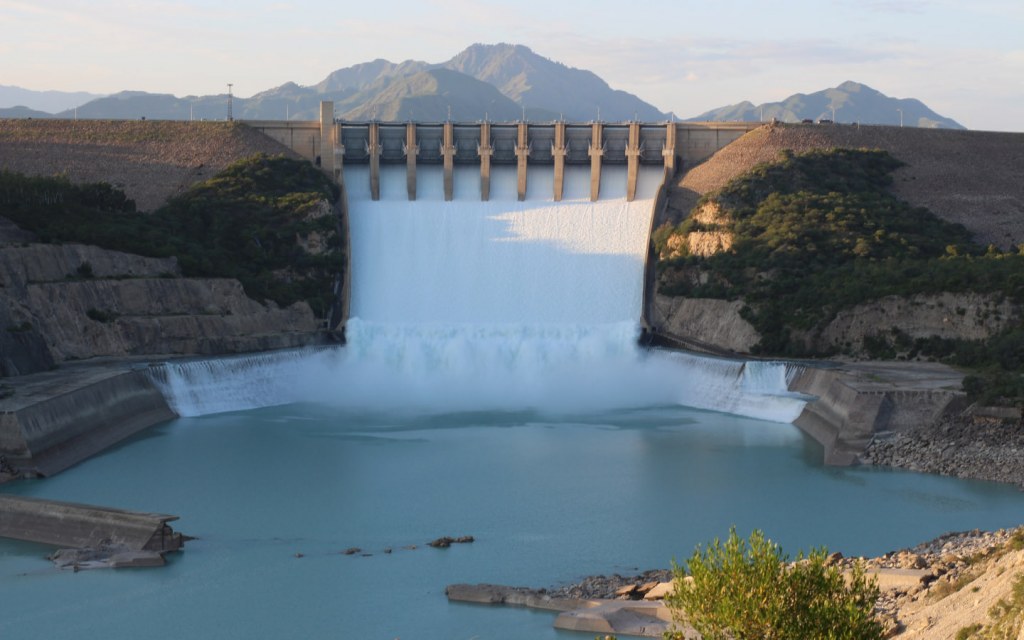
As the largest earth-filled dam in the world, Tarbela Dam holds a prized position among the dams in Pakistan. Located in the Haripur and Swabi districts in KPK, the dam was built to control the flow of the River Indus, resulting in the reservoir known as Tarbela Lake. While the project began in the early 1960s, construction of the dam progressed in the three stages, being completed in 1976. However, the Tarbela Dam continues to undergo extensions and refurbishment as required, because it is Pakistan’s primary source of hydropower electricity.
Built 143 metres (470 feet) above the riverbed, the dam wall actually stretches over a span of 2743 metres (9,000 feet), producing nearly 5,000 megawatts of electricity with a future extension expanding this capacity to 6,300 megawatts.
Being just 2 hours away from Islamabad, Tarbela Lake is a favourite picnic destination for the locals, where you can learn some more about hydropower generation, while also partaking in swimming, fishing, and boating activities. The lake itself stretches over 250 square kilometres, giving you a wide expanse of open waters to try your hand at water sports.
Mangla Dam
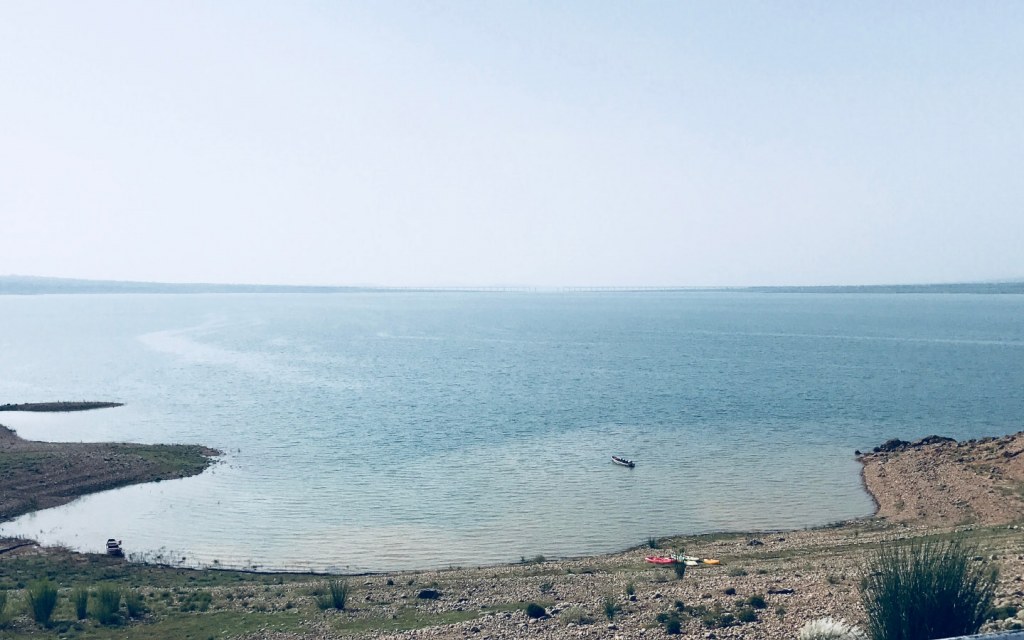
Being 147 metres (482 feet) in height and 3140 metres (10,300 feet) in length, Mangla Dam is the second-largest water reservoir in Pakistan. Located in the Mirpur District of Azad Jammu and Kashmir, the construction of the dam began in 1961, coming to a close in 1967, with the dam becoming one of the primary sources of irrigation in the country. While the dam was only built for the purpose of water storage initially, it was later modified to generate hydropower electricity of about 1,150 megawatts. Proposed extension plans will extend this capacity to 1,500 megawatts in the future.
This water reservoir in Pakistan resulted in the creation of the Mangla Lake, which is a 4-hour drive from Lahore and a 2-hour drive from Islamabad. The lake and its surroundings offer plenty of water sports activities, including boating, rafting, jet skiing, and fishing, along with enjoying a picnic in the park near the lake. A short 10-minute boat ride can also take sightseers up to Ramkot Fort, which is located on the hill on the other side of the lake and offers panoramic views from the top.
Mirani Dam
In spite of being one of the largest dams in the country, Mirani Dam is fairly unknown to most people. The primary reason for that is its remote location, on the Dasht River in the south of Central Makran Range in Balochistan. Developed in 2002-2006, this dam is also comparatively newer to the two above and was commissioned with the aim to provide water to Gwadar and Turbat round the year. While tourism is limited at the moment, the development of the China–Pakistan Economic Corridor (CPEC) will surely bring this region into the spotlight.
Warsak Dam
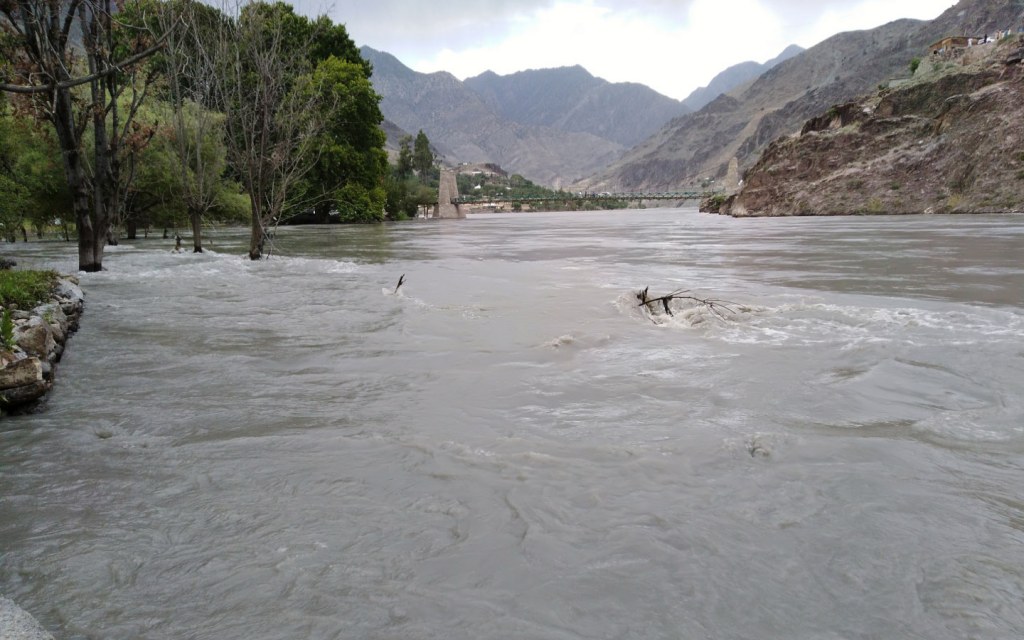
Travelling 20 kilometres from the city of Peshawar can take you to Warsak Dam—a water reservoir built on the Kabul River. Operated by WAPDA, the first phase of the dam was built in 1960, while additional electricity-generating capabilities were installed in the 1980s in the second phase of construction. This brings the dam’s current capacity to 240 megawatts approximately, with plans to extend the capacity further to generate 525 megawatts. The site is often visited by the locals for boating and fishing excursions and there is also a guesthouse for overnight stays. You must seek permission from WAPDA before visiting the area though.
Hub Dam
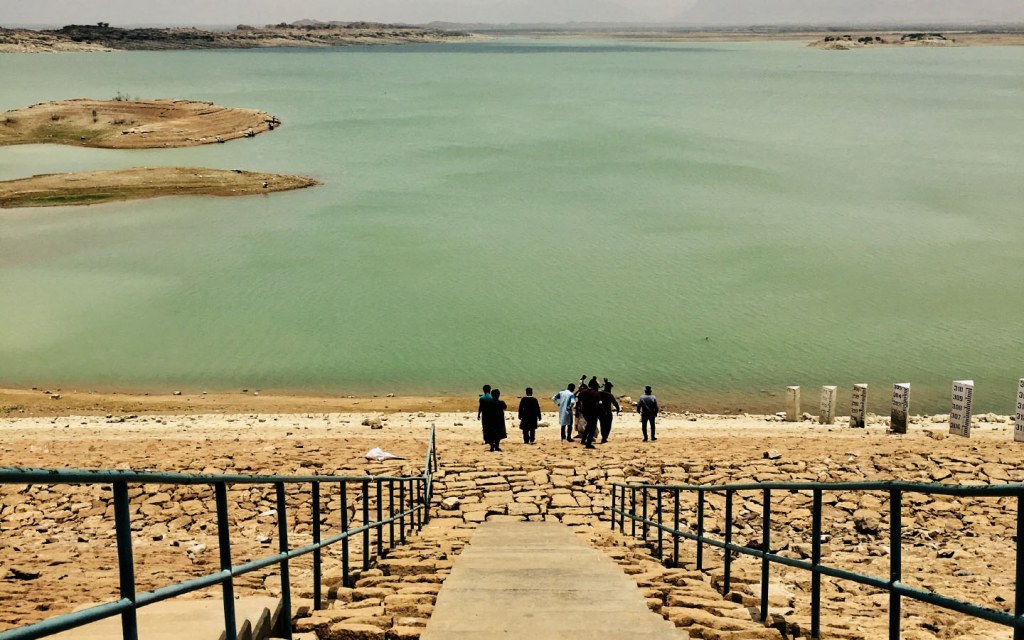
Situated on the border between Sindh and Balochistan, the Hub Dam is a reservoir on the Hub River, which is one of the primary sources of drinking water for the city of Karachi. Built over a span of nearly 20 years, from 1963 to 1981, the region surrounding the dam is a declared wildlife sanctuary where pelicans, ducks, cranes, and other migratory birds can be seen in their natural habitat. The Hub Dam remains a major tourist spot for the people of Karachi, boasting a rest house owned by WAPDA, as well as various opportunities to enjoy swimming, fishing, and overnight camping.
Namal Dam
Located in a corner of Namal Valley in Mianwali, Punjab, the Namal Dam was constructed in 1913 with Namal Lake boasting a surface area of 5.5 square kilometres. The region is surrounded by mountains on two sides with agricultural plains on the remaining two.
The core purpose behind the creation of the dam was to provide a means of irrigation for the local farmlands but it now serves as a famous picnic spot for the people of the region. Migratory birds flock to the area, attracting birdwatchers, while boating enthusiasts also test the waters here. Namal Lake is also one of the four tourist spots that have been chosen for further development within Punjab, which will bring more tourism to the area.
Rawal Dam
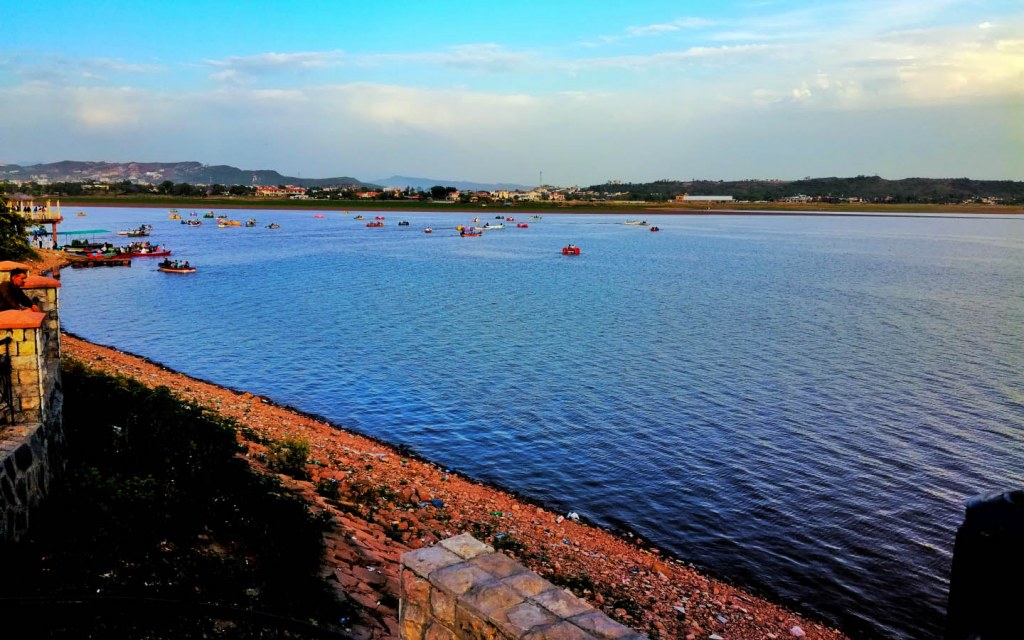
Rawal Dam is one of the water reservoirs in Pakistan that supplies water to the twin cities of Rawalpindi and Islamabad since 1962. It collects water from the Korang River and other small streams that flow down the Margalla Hills. The Rawal Lake is, therefore, a popular tourist spot along with Margalla Hills, with a beautiful park around the lake with lush trees, paths, and picnic spots. The park’s highest point also offers an amazing view of the Rawal Lake, Margalla Hills, and the twin cities.
Swimming, boating, sailing, diving, and water skating are some of the activities that can be organised here using private tours. The Islamabad Club, located nearby, also hosts different water sports events on the lake regularly. Many species of birds, mammals, and reptiles also make this region their home and birdwatchers often flock to Rawal Dam to spot the local birds. The lake is also a fishing spot with around 15 species found in its waters.
Gomal Zam Dam
Built over the Gomal River, which is a tributary of the River Indus, the Gomal Zam Dam serves the purpose of irrigation, flood control, as well as hydropower generation. The construction of the dam in South Waziristan began in 2001 but it took a period of ten years for completion, after which the dam became operational in 2011.
At a height of 133 metres (437 feet) and length of 231 metres (758 feet), the Gomal Zam Dam produces 17.4 megawatts of electricity and is one of the six tourist spots chosen for development in 2019 for promoting tourism in the region. While locals visit the reservoir for fishing and family picnics, official development of the region will attract more visitors to the region to witness its beauty.
Khanpur Dam
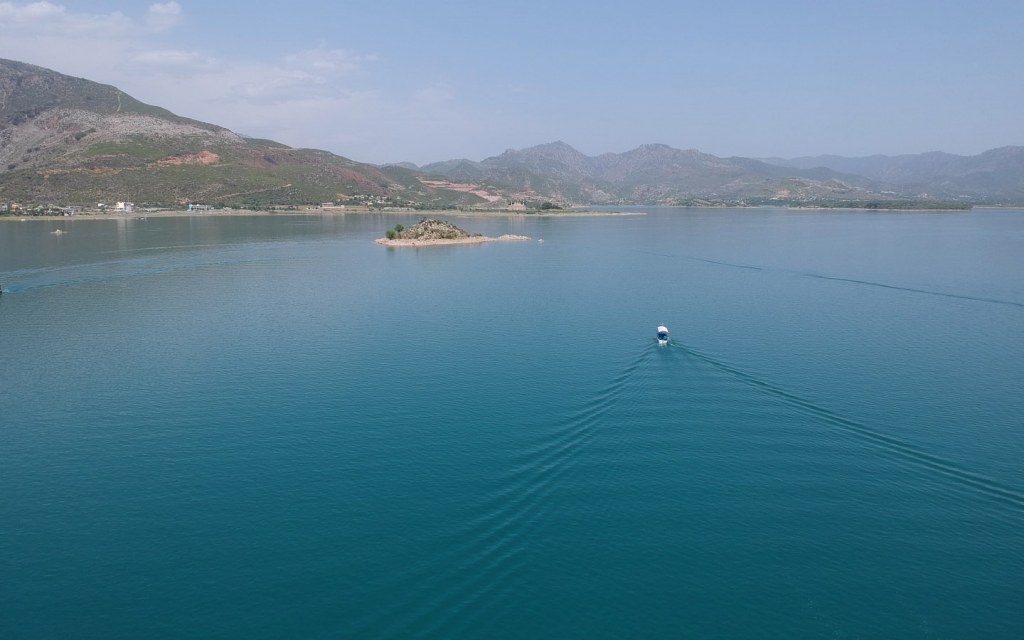
The Potohar Plateau in KPK is home to the Khanpur Dam, built to curb the flow of the Haro River in 1983. The reservoir formed as a result is known as Khanpur Lake, which is another dam in Pakistan that supplies drinking water to the twin cities of Islamabad and Rawalpindi.
The natural beauty of Khanpur Lake attracts a large number of tourists to its shores each year, with the inviting blue-green waters offering a range of water sports activities, such as boating, swimming, cliff jumping, jet skiing, and kayaking. Visitors can also enjoy zip-lining, camping and hiking in the area, as Khanpur Lake is well equipped to welcome both local and foreign tourists on a weekly basis. The annual Khanpur spring festival also entertains the locals in April every year.
One of the core reasons of the budding tourism in the area is the archaeological sites found nearby, including the Bhamala Buddhist Complex, with a Buddhist stupa and artefacts dating back to the fourth and fifth century. Another historical site is the Rajgan Mosque—a mosque that dates back 145+ years and is reflective of an architectural style of a bygone era. This is also why WAPDA has built its own rest house near the Khanpur Dam to accommodate tourists who want to stay overnight.
Neelum–Jhelum Dam
The Neelum–Jhelum Dam was primarily built as a source of hydropower in Azad Jammu and Kashmir. Water from the Neelum River was diverted to a grid station located on the Jhelum River, creating this unique dam, which is sourced by one river and discharges into another. Having a production capacity of 970 megawatts, the dam’s development began in 2008; its official inauguration took place in 2018. Since the dam is fairly new, few people have been visiting its reservoir but tourism is expected to take a positive turn in a few years.
Satpara Dam
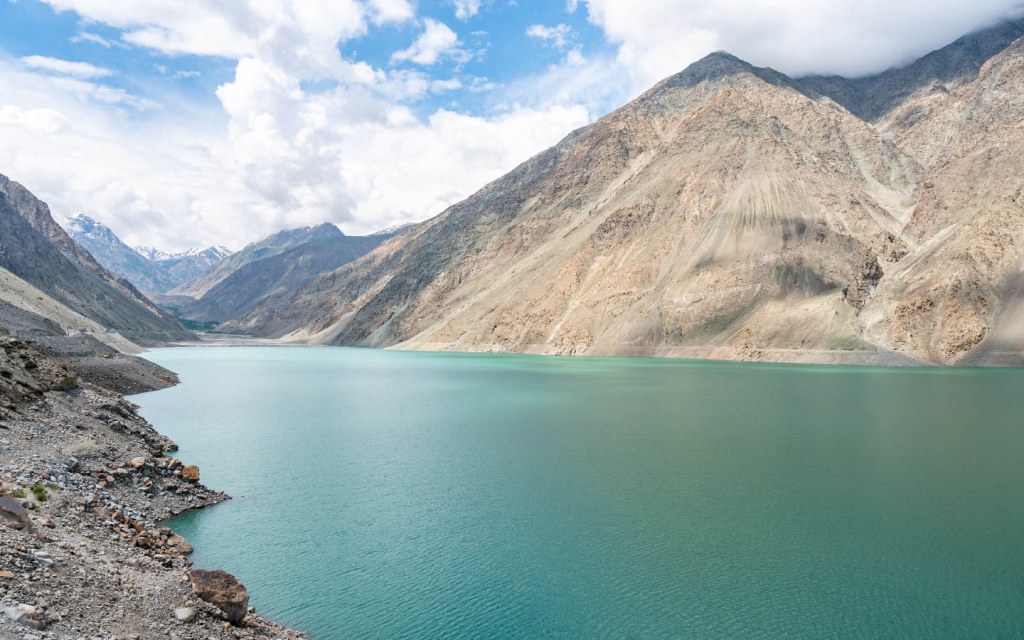
Located below the Satpara Lake in Skardu Valley of Gilgit-Baltistan, the Satpara Dam has actually increased the size of the lake, supplying millions of gallons of water to Skardu city on a daily basis while also generating 17.4 megawatts of hydroelectricity that powers the town. Planned for completion between 2003 and 2011, the final powerhouses of the dam were eventually built in 2013. Satpara Lake is one of the most beautiful lakes in Pakistan and is, therefore, frequented by tourists, primarily in the summer season, since roads are often closed during the winter.
Darawat Dam
Darawat Dam is another dam in Sindh that few people know about. It is situated in the Jamshoro district over the Nai Baran River. Taking four years, the construction of the dam was completed in 2014 to help with the irrigation of the local crops. Road trips from Karachi and Hyderabad are often planned via tour groups or privately to visit the popular picnic spot.
Sabakzai Dam
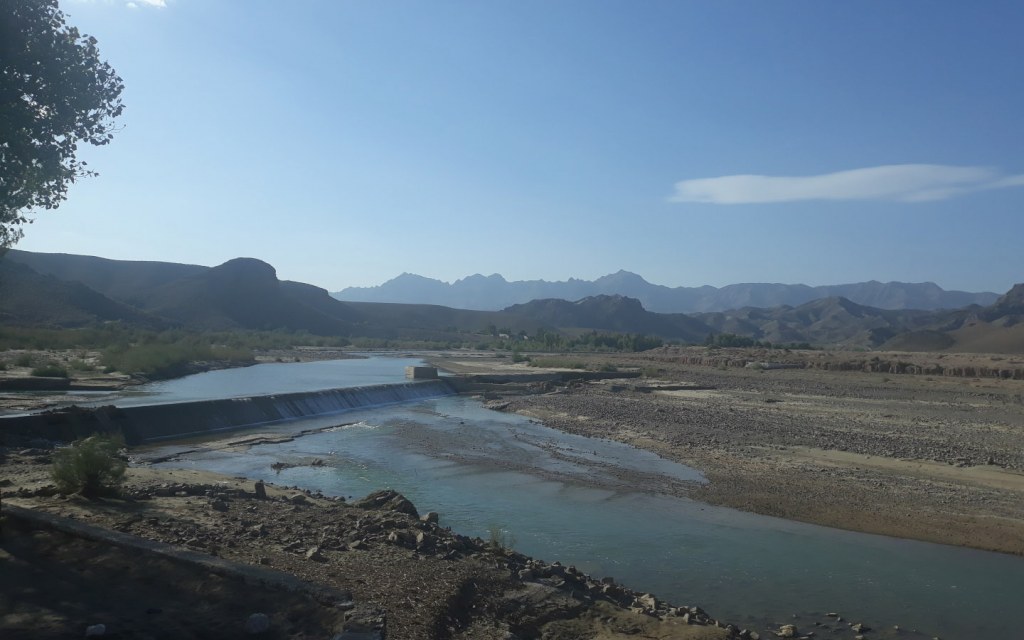
The flow of the Zhob River in Balochistan is stemmed by the Sabakzai Dam, in the southwest region of the province. Taking from 2004 to 2007, the construction of the dam has aided the irrigation of local lands and provided a much-needed recreational spot for the locals.
This is a list of some of the most famous dams in Pakistan for a recreational standpoint. Be sure to visit these reservoirs when you’re in the area. Stay tuned to Zameen Blog for more tourism and travel posts. We can also be reached at blog@zameen.com for all your queries.



